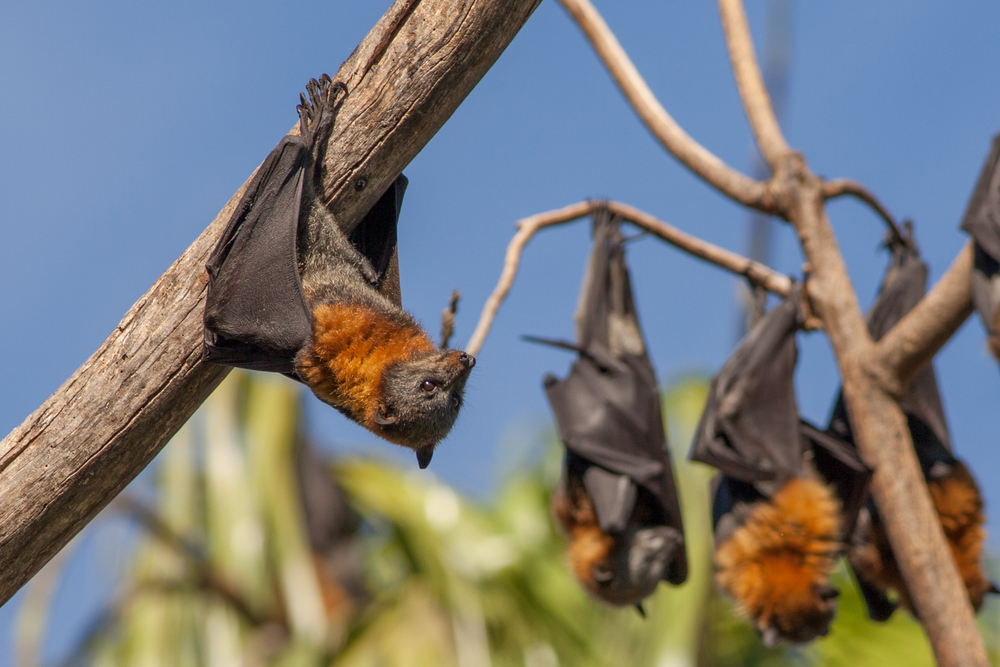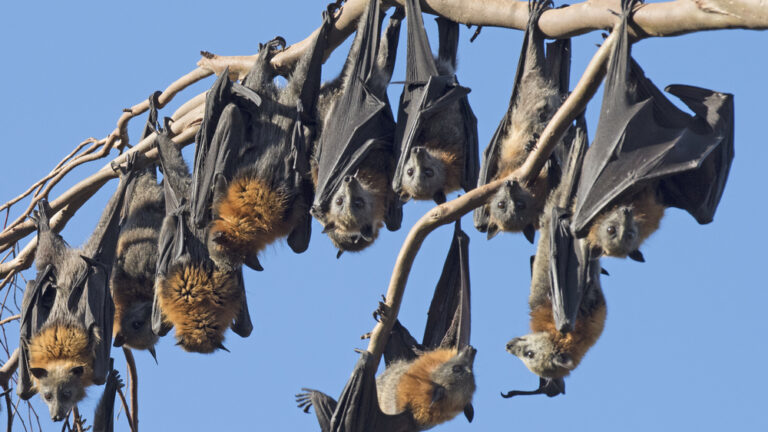Humans listening in on bat conversations may hear a cacophony of similar sounds but a new study by Tel Aviv University researchers shows that these flying mammals are actually a socially sophisticated species that learns communication.
“When you enter a bat cave, you hear a lot of ‘gibberish,’ a cacophony of aggressive bat noise – but is this merely ‘shouting’ or is there information amid the noise,” said lead researcher Prof. Yossi Yovel, of the Department of Zoology at TAU’s Faculty of Life Sciences. “Previous research presumed that most bat communication was based on screaming and shouting. We wanted to know how much information was actually conveyed — and we wanted to see if we could, in fact, extract that information.”
Yovel and fellow researchers show in their study – recently published in Scientific Reports –that there is concrete evidence that bats learn communication rather than being born with a fixed set of communication skills.
“Studying how much information is conveyed in animal communication is important if you’re interested in the evolution of human language,” said Yovel. “Specifically, one big unknown in the world of animal communication is their grasp on semanticity — that is, when you hear the word ‘apple’ you immediately imagine a round, red fruit. We found, in our research, that bat calls contain information about the identities of the caller and the addressee, which implies that there is a recognition factor. We were also able to discern the purpose and the context of the conversation, as well as the possible outcome of the ‘discussion.'”
The Tel Aviv researchers say the new findings suggest that delving into animal calls could serve a bigger purpose, shedding light on the evolution of communication altogether.
“We generated a massive amount of data — dozens of calls over three months,” said Yovel. “We have found that bats fight over sleeping positions, over mating, over food or just for the sake of fighting. To our surprise, we were able to differentiate between all of these contexts in complete darkness, and we are confident bats themselves are able to identify even more information and with greater accuracy — they are, after all, an extremely social species that live with the same neighbors for dozens of years.”
The researchers were even able to identify different intonations indicating the greetings of a “friend” or a “foe.”
“The last finding allowed us to predict whether the two would stay together or part, whether the interaction would end well or badly,” said Yovel, who is currently researching different bat accents and the assimilation of bats into different social groups.
Fighting for Israel's truth
We cover what makes life in Israel so special — it's people. A non-profit organization, ISRAEL21c's team of journalists are committed to telling stories that humanize Israelis and show their positive impact on our world. You can bring these stories to life by making a donation of $6/month.








